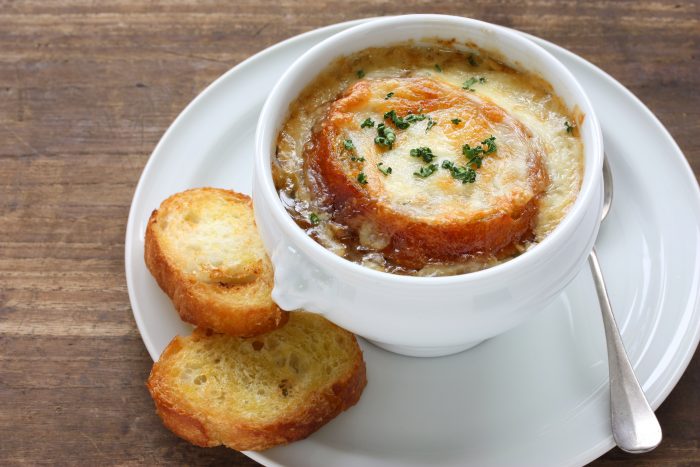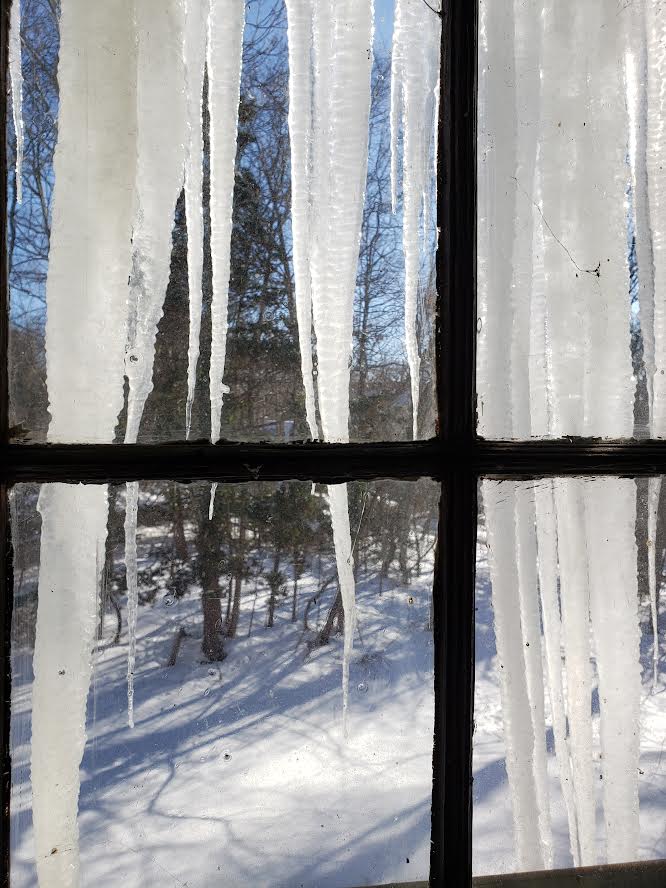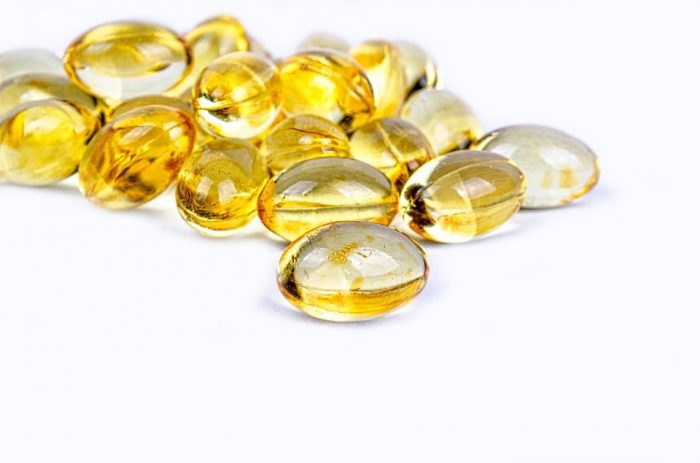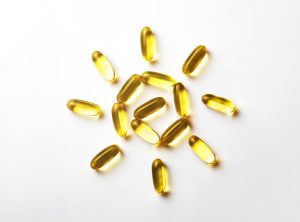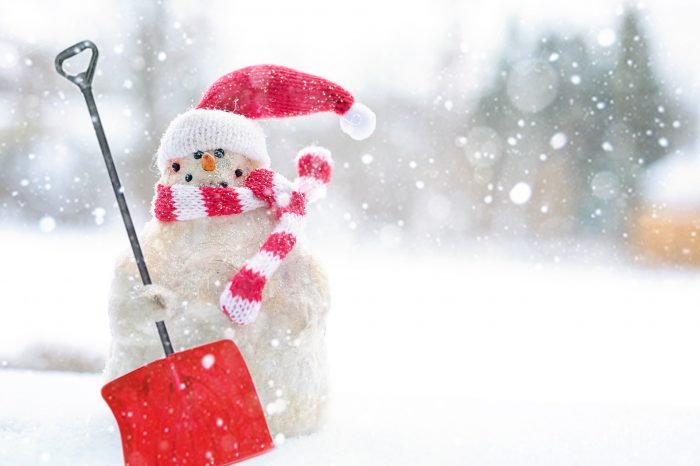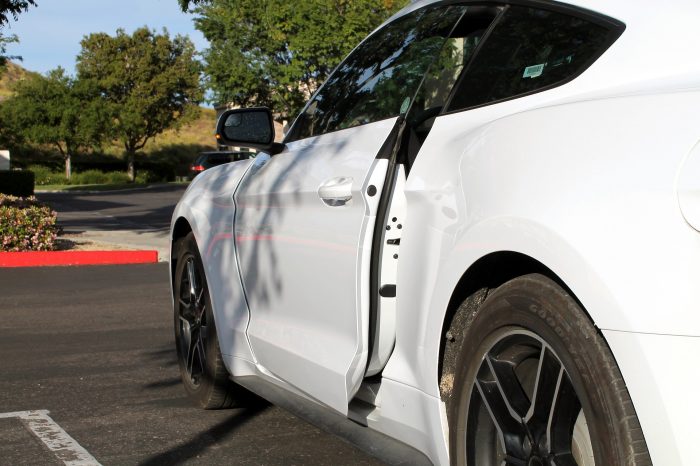By Barbara Beltrami
When we think of onions, we usually think of them as something to add flavor to other foods. But they can also be dishes in their own right. When cooked properly they offer all sorts of flavor and texture dimensions from their sweetness when caramelized as they slowly release their sugars, to their sweet and sour crunchiness when pickled … and lots in between.
I’ve had big Vidalia onions, stuffed and baked, onion tarts, French onion soup with its crown of melted cheese, pickled cipolle (small Italian onions), creamed pearl onions, and big thick slices of herb-marinated, grilled onions and so many more preparations and have yet to find a version I didn’t like.
French Onion Soup
YIELD: Makes 4 to 6 servings
INGREDIENTS:
1 stick unsalted butter
4 to 5 large onions, sliced thin
2 garlic cloves, chopped
1 large bay leaf
1 large fresh thyme sprig
Salt and freshly ground black pepper to taste
1 cup dry white wine
2 heaping tablespoons flour
2 quarts beef stock
1 baguette, diagonally sliced and toasted
8 ounces Emmenthaler or Gruyere cheese, grated
DIRECTIONS:
In a large pot over medium heat melt the butter; add the onions, garlic, bay leaf, thyme and salt and pepper. Cook, stirring now and then, until onions are caramelized and take on a deep golden color (don’t rush this process), about 30 to 45 minutes. Add the wine, bring to a boil, then simmer until wine is evaporated, about 5 minutes.
Remove bay leaf and thyme sprigs and discard; add flour and stir to incorporate; reduce heat to low and, stirring frequently, cook about 10 minutes, then add stock and simmer a good 15 minutes. Meanwhile preheat broiler. When ready to serve, ladle soup into ovenproof ramekins, float toasted bread on top and cover with cheese; place under broiler and monitor carefully, then remove when cheese is melted and bubbly. Serve immediately with a crisp green salad.
Onion Tart
YIELD: Makes 6 servings
INGREDIENTS:
1 pie crust, rolled out to 1/4” thickness
1 pound onions
2 tablespoons unsalted butter
1 egg
1/2 cup heavy cream
Salt and freshly ground pepper to taste
Freshly ground nutmeg
DIRECTIONS:
Preheat oven to 375 F. Place dough in 10” round fluted false-bottom tart pan; drape over edges and move rolling pin over top to even out edges; press dough against inner edges and prick bottom with fork tines. Place pie weights or dry beans on crust and bake for 25 minutes. Remove weights; remove from oven and place pan on baking sheet.
Meanwhile peel and cut onions in thin slices from sprout to root end. In a large skillet melt butter over medium-low heat, add onions and cook, stirring from time to time until they are caramelized, about 30 minutes (don’t rush this process). Set aside to cool. In a medium bowl beat egg and cream together, stir in onions, salt and pepper and nutmeg, then pour into tart shell and bake 25 to 30 minutes; let sit 10 to 15 minutes, then remove shell. Serve hot with a mixed salad.
Baked Stuffed Onions
YIELD: Makes 6 servings
INGREDIENTS:
6 large onions, peeled
1/4 cup olive oil
6 leeks, washed and finely chopped
1 cup minced fennel or celery
1 tablespoon minced fresh sage
Salt and freshly ground pepper to taste
1/2 cup unseasoned bread crumbs
1/4 cup freshly grated parmesan cheese
3 cups warm chicken broth
DIRECTIONS:
Take a thin slice off top and bottom of each onion; discard. Using a sharp spoon scoop out insides of onions from sprout end, but leave a few outside layers; finely chop scooped insides. In a large skillet, heat all but one tablespoon of oil over medium heat; add chopped onions, leeks, fennel, sage, and salt and pepper; cook, stirring occasionally, until vegetables have softened, about 10 minutes.
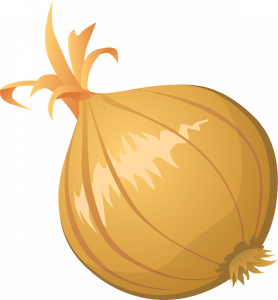 In a medium bowl combine onion mixture with bread crumbs and cheese, then stuff centers of onions, leaving a little on top. Paint outsides of onions with remaining tablespoon oil; place them in a shallow baking dish and surround them with broth. Basting occasionally with broth, bake them 1 1/2 hours. Discard any remaining broth or save for another use. Serve hot or warm with poultry or meat.
In a medium bowl combine onion mixture with bread crumbs and cheese, then stuff centers of onions, leaving a little on top. Paint outsides of onions with remaining tablespoon oil; place them in a shallow baking dish and surround them with broth. Basting occasionally with broth, bake them 1 1/2 hours. Discard any remaining broth or save for another use. Serve hot or warm with poultry or meat.

